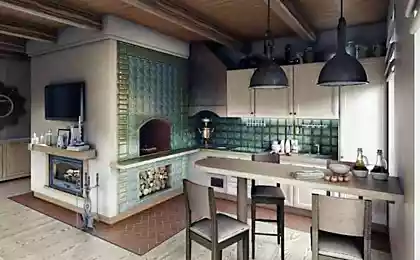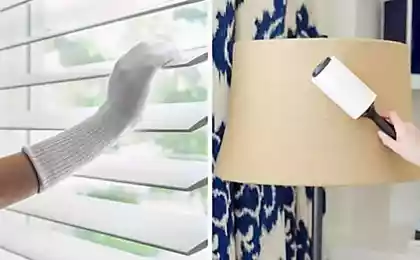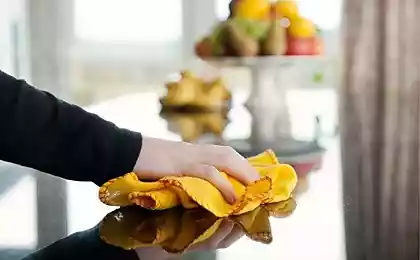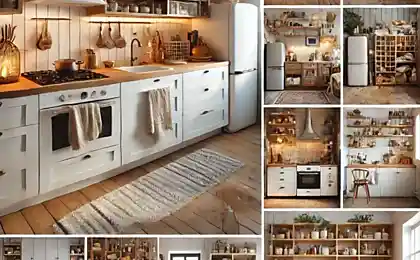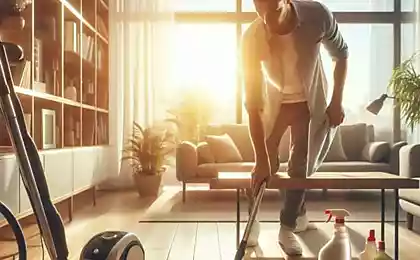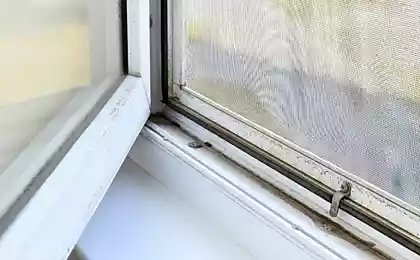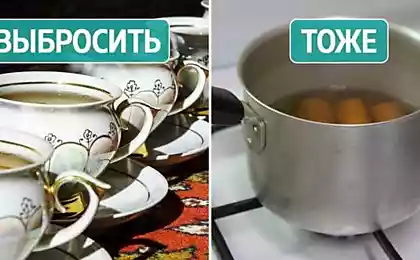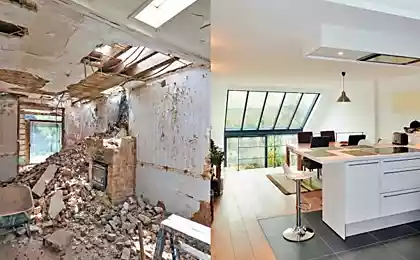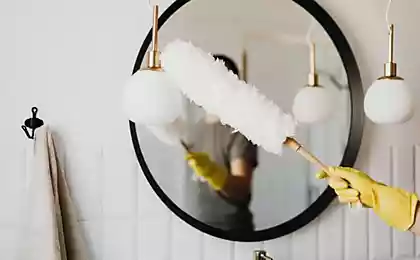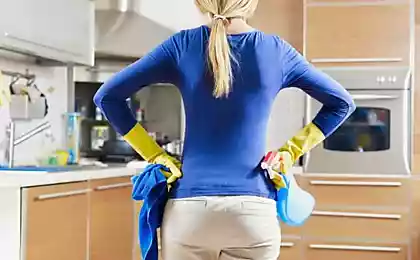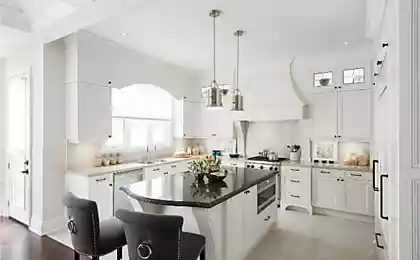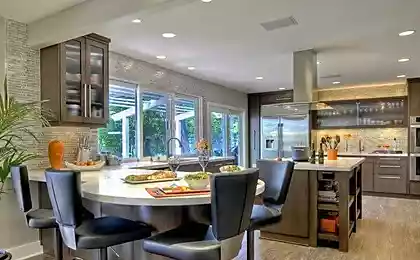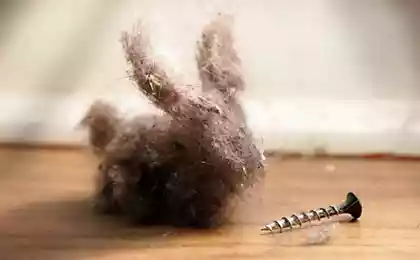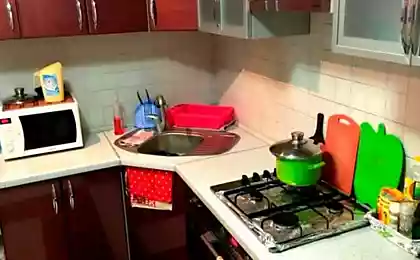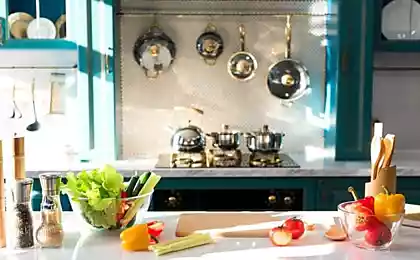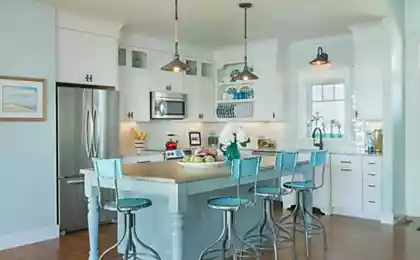153
How to use newspapers in the kitchen
If you have a gas stove and you regularly fry something on it, then sooner or later the upper kitchen surface It's covered in fat. Mixing with dust, it turns into a terrible sticky mass, which, in fact, is quite difficult to wash.
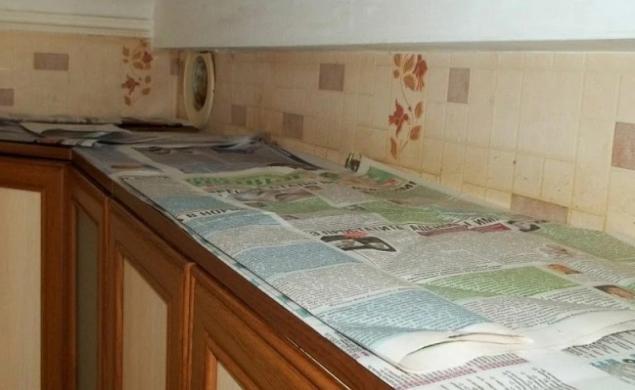
The older generation has its own way of solving an unpleasant problem, but many today it seems antediluvian and unaesthetic.
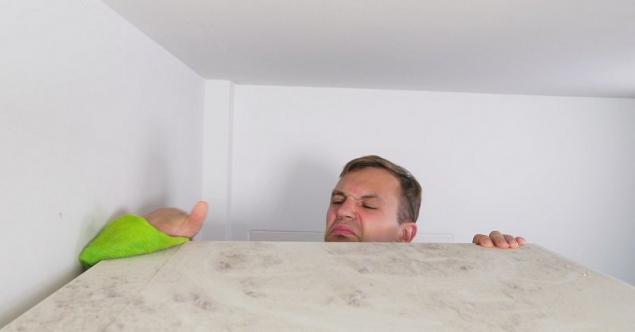
Is it better to constantly scrape greasy plaque from kitchen cabinets or cover them with newspapers once a month? We weigh the pros and cons.
About newspapers on the closet I learned as a child from my grandmother. A lot of water has leaked since then. Imported detergents, microwaves have appeared, kitchen hoods have become a ubiquitous standard, but a greasy plaque of dust and fat is in no hurry to give up its positions.

Despite the fact that people began to cook more in the microwave and fry less, the hood, especially inexpensive, does not always solve the problem. In addition, it is ineffective without good ventilation, and its insides also overgrown with fat and soot.
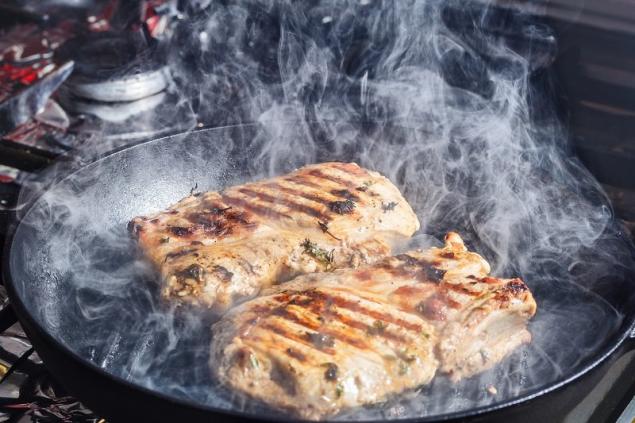
Drops of hot fat, steam from cooking food, combustion products of poor-quality gas, cigarette smoke and ubiquitous dust - all this is mixed and settled in a dense layer on horizontal surfaces.

It’s fine if they’re easy to reach to brush off the dust every day, but getting to the top surface of kitchen cabinets, especially the elderly, can be difficult.
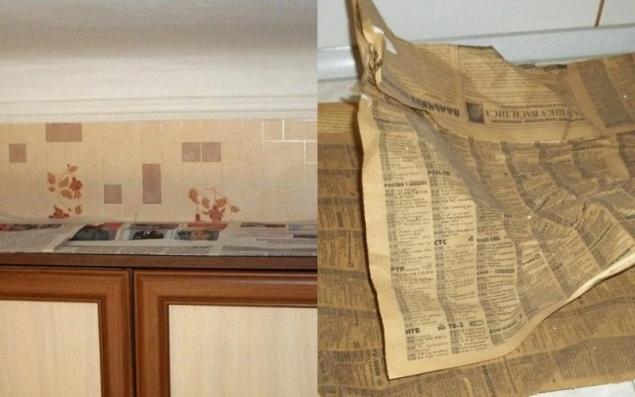
And that's where the papers come in. Every 2-3 weeks, you need to carefully roll and throw out the paper with accumulated garbage, after which it is easy to walk on the lid with a wet cloth. In addition, the newspaper protects the surface of furniture from fading.
Alternatively, newspapers containing harmful lead can be replaced with foil, thin linoleum or food film. Dust and soot stick better to the food film, it does not warp and is better kept on the surface of furniture. Linoleum lies well, it is not blown away by the wind from the window, and, most importantly, it is easy to wash and put again in its former place.
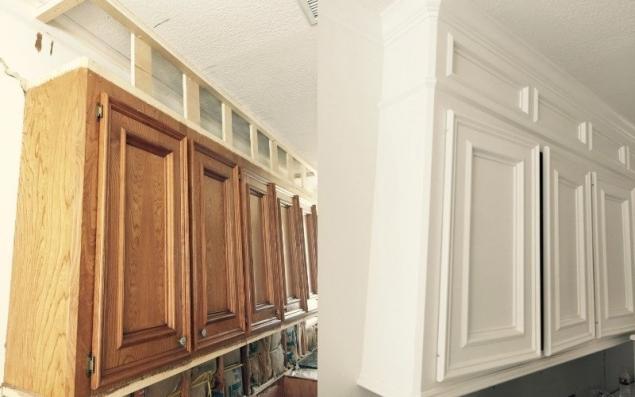
A radical solution to the problem is to change the gas stove to an electric one or install the kitchen under the ceiling. We have previously considered the advantages and disadvantages of this design and talked about how to lift to the ceiling old cabinets of standard height.
How to get rid of fatty plaque The kitchen furniture, we've figured it out. Now "Site" He will tell you how to make perennial deposits of fat and soot retreat to return the pristine shine to pots, pans and gas stoves grilles.

The older generation has its own way of solving an unpleasant problem, but many today it seems antediluvian and unaesthetic.

Is it better to constantly scrape greasy plaque from kitchen cabinets or cover them with newspapers once a month? We weigh the pros and cons.
About newspapers on the closet I learned as a child from my grandmother. A lot of water has leaked since then. Imported detergents, microwaves have appeared, kitchen hoods have become a ubiquitous standard, but a greasy plaque of dust and fat is in no hurry to give up its positions.

Despite the fact that people began to cook more in the microwave and fry less, the hood, especially inexpensive, does not always solve the problem. In addition, it is ineffective without good ventilation, and its insides also overgrown with fat and soot.

Drops of hot fat, steam from cooking food, combustion products of poor-quality gas, cigarette smoke and ubiquitous dust - all this is mixed and settled in a dense layer on horizontal surfaces.

It’s fine if they’re easy to reach to brush off the dust every day, but getting to the top surface of kitchen cabinets, especially the elderly, can be difficult.

And that's where the papers come in. Every 2-3 weeks, you need to carefully roll and throw out the paper with accumulated garbage, after which it is easy to walk on the lid with a wet cloth. In addition, the newspaper protects the surface of furniture from fading.
Alternatively, newspapers containing harmful lead can be replaced with foil, thin linoleum or food film. Dust and soot stick better to the food film, it does not warp and is better kept on the surface of furniture. Linoleum lies well, it is not blown away by the wind from the window, and, most importantly, it is easy to wash and put again in its former place.

A radical solution to the problem is to change the gas stove to an electric one or install the kitchen under the ceiling. We have previously considered the advantages and disadvantages of this design and talked about how to lift to the ceiling old cabinets of standard height.
How to get rid of fatty plaque The kitchen furniture, we've figured it out. Now "Site" He will tell you how to make perennial deposits of fat and soot retreat to return the pristine shine to pots, pans and gas stoves grilles.



